Two Types of Corrosion Probes
ER Corrosion Probe
An Electrical Resistance (ER) corrosion probe is a device used to measure the rate of corrosion by detecting changes in the electrical resistance of a metal element exposed to a corrosive environment. As the metal corrodes, its cross-sectional area decreases, leading to an increase in electrical resistance. ER probes provide long-term corrosion monitoring and are particularly useful in environments with non-conductive fluids, such as oil, gas, and dry air. They offer a reliable way to track corrosion trends over time and assess the effectiveness of mitigation measures.
LPR Corrosion Probe
A Linear Polarization Resistance (LPR) corrosion probe operates by applying a small electrical potential to the metal surface and measuring the resulting current flow. This technique enables real-time monitoring of corrosion rates in conductive environments, such as water-based systems. LPR probes provide rapid feedback on corrosion activity, making them ideal for applications requiring frequent or continuous monitoring. However, they are most effective in environments with consistent electrolyte conditions, such as cooling water systems, where they can provide near-instantaneous corrosion rate measurements.
Something About Pipeline Corrosion
Pipeline corrosion is the gradual deterioration of metal pipelines. It occurs due to chemical, electrochemical, or environmental interactions. This process can lead to failures, leaks, or structural weaknesses. Corrosion is a major concern in many industries. These include oil and gas, water distribution, and chemical processing. Pipelines in these industries transport fluids under various conditions.
Corrosion can be caused by factors such as moisture, acidic compounds, microbial activity, or exposure to harsh environmental conditions. Common types include uniform corrosion, pitting corrosion, galvanic corrosion, and stress corrosion cracking. To mitigate corrosion, industries use protective coatings, cathodic protection, corrosion inhibitors, and regular maintenance strategies. Left unchecked, pipeline corrosion can result in costly repairs, environmental hazards, and safety risks, making its prevention and control a critical aspect of pipeline management.
Importance of Corrosion Probe in Pipeline Anti-corrosion
The corrosion probe helps monitor and assess corrosion levels in real time. By detecting early metal deterioration, corrosion probes help industries take preventive measures before major damage occurs.
They reduce repair costs and prevent potential failures in pipelines and industrial systems. These probes provide valuable data on corrosion rates and environmental conditions. They also assess the effectiveness of corrosion inhibitors in different operating environments. Engineers use this data to optimize maintenance and protection strategies for pipelines. Corrosion probes are widely used in oil and gas, water treatment, and chemical processing industries. They help ensure infrastructure integrity and extend the lifespan of industrial pipelines. Proactive monitoring with corrosion probes enhances pipeline safety and minimizes operational downtime. They play a crucial role in modern corrosion management systems.
Parameters
| Technical specifications | |
| Output signal | Wired form: RS-485 signal; |
| Wireless form: LORA, 4G/5G wireless network signal | |
| Power supply voltage | 9-36VDC |
| Rated operating voltage | 9VDC |
| Meter power consumption | 5.4W (Wired) |
| Linear | 0.0015% non-linear |
| Resolution | 17 bit |
| B | 25.6 mV |
| Accuracy | ±0.2% F.S (full scale) |
| Corrosion rate range | When the electrode area is 1cm², the measurement range is 4X10-4~10mm/a |
| Working and storage conditions | |
| Operating temperature | -40~70℃ |
| Storage temperature | -40~85℃ |
| Structural parameter | |
| Protection level | IP66 |
| Shell material | Cast aluminum or PVC, aviation aluminum, stainless steel can be customized |
| Process interface | 7/8-20UNEF (Insert probe) |
| Electrical connection | M20*1.5mm |
| Access cable Model | RVVP 2*1.5mm² (minimum application standard) |
| Installation | The probe is installed directly on the pipeline, and the transmitter can be installed in one piece or separately through the cable |
| Weight | 500g |
| Split type accessory | Interface: MS-14-6S double female head |
| Split connection cable | Cable length: 1-3 meters can be customized |
| Authentication | |
| Hazardous area certification | EX-d IIC T4 Gb |


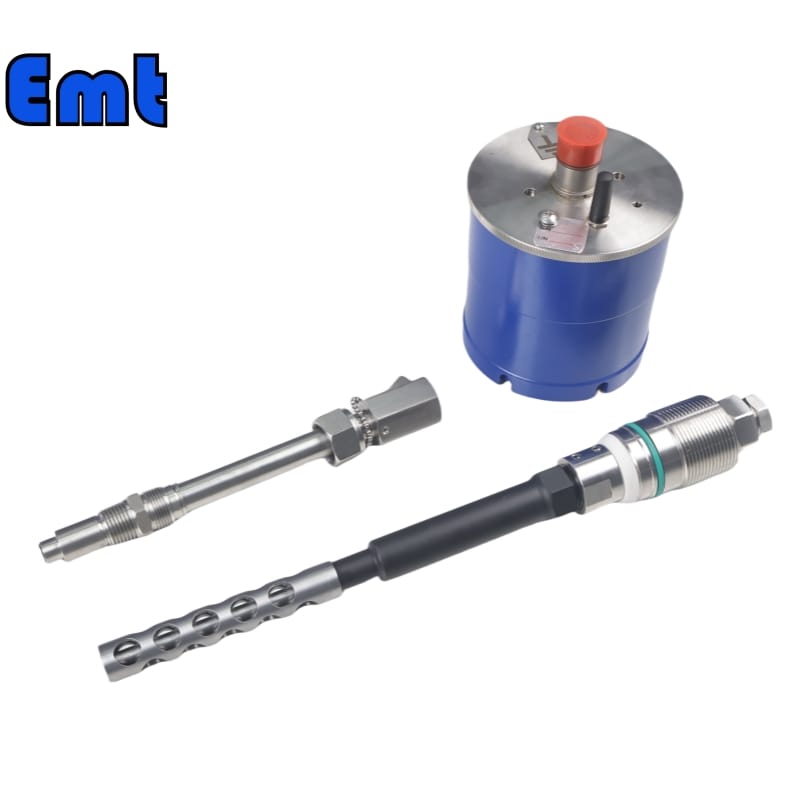
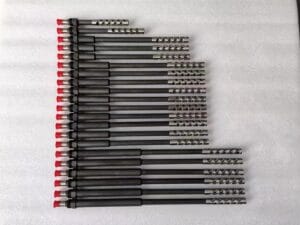
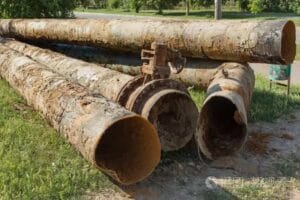
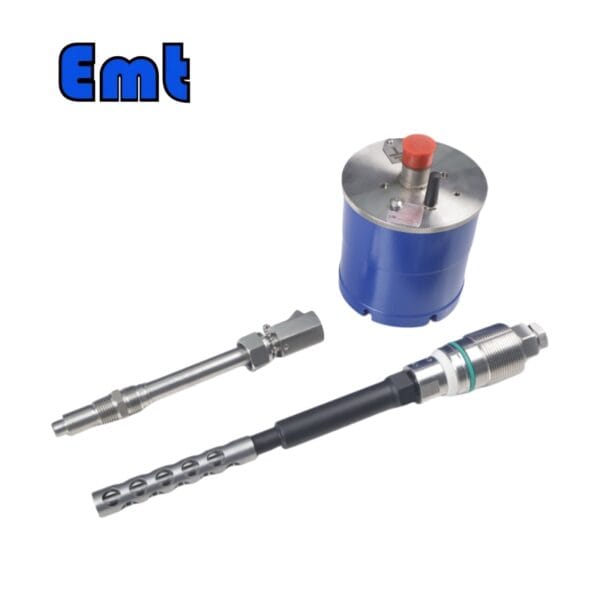
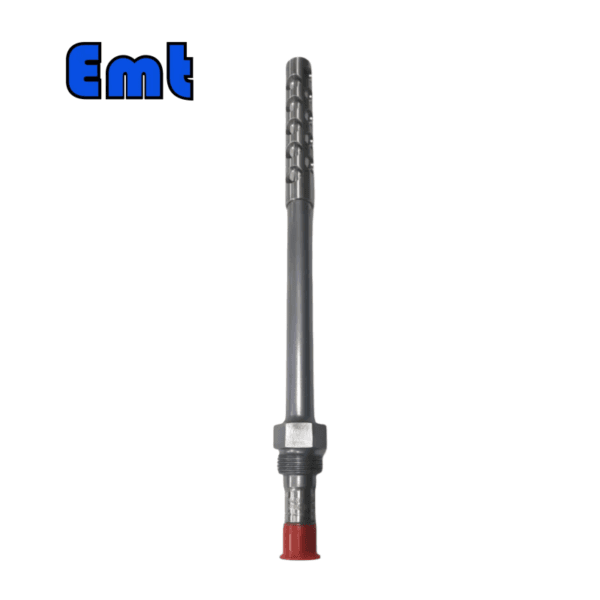
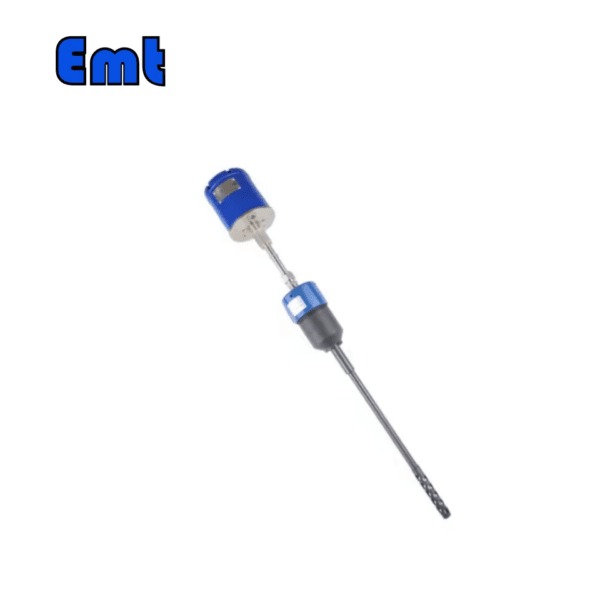
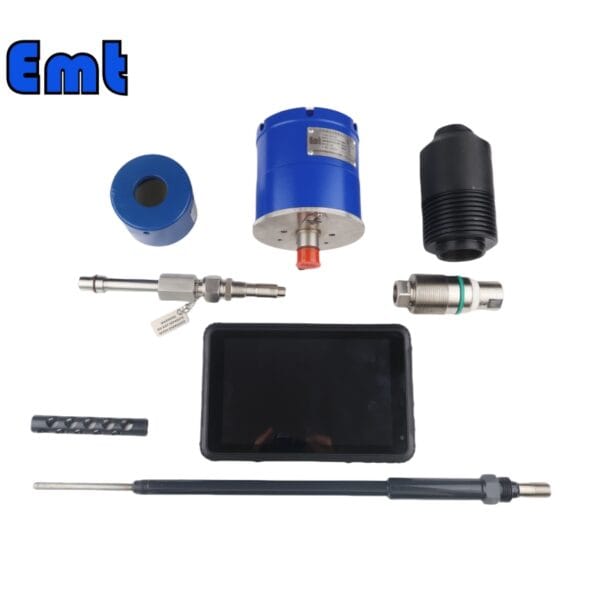
There are no reviews yet.